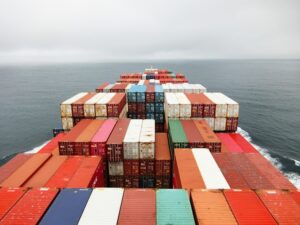German chancellor Olaf Scholz went on an official visit to China mid-April, where he visited the Bosch Hydrogen Powertrain Systems plant in Chongqing, as reported by China Daily.
Chancellor Scholz’s visit to the plant highlights the wide opportunities both China and Germany have to offer when it comes to clean-tech and the renewable energy sector.
“Bosch is the first company to produce these systems in both China and Germany,” said Stefan Hartung, former chairman of the board of Robert Bosch.
Across the globe hydrogen as a renewable energy source is still in its early development stages, but for China, it’s another race to be won.
China is in charge of producing the necessary hydrogen, even if international businesses like Bosch are heavily involved in the use of hydrogen and fuel cell technology and occasionally have access to project-related local funding, Science Business reports.
Electrolysis, which splits water into hydrogen and oxygen using electricity, is the core technology of the hydrogen economy of the future. Furthermore, China is now surpassing the West in the cleantech industry of electrolysis, which follows the fields of renewable energy and electric vehicles.
“With the rapid expansion of production capacities, Chinese manufacturers are creating cost advantages for the dynamically growing market,” a white paper by the German Association for Electrical, Electronic & Information Technologies (VDE) explains.
China currently has more than half the worldwide capacity for hydrogen electrolysis, totaling 610 megawatts (MW).
“China’s ambitions to promote hydrogen storage and transport remain at a relatively early stage of development with an important emphasis on the promotion of innovation and acquisition of technological know-how,” says a study by the Research Institute for Sustainability at the Helmholtz Centre in Potsdam.
According to experts, China’s national desire to decarbonize electrolysis, or produce green hydrogen, is now lower than that of other developed countries. However, in several instances, the objectives of local areas are even more ambitious.














